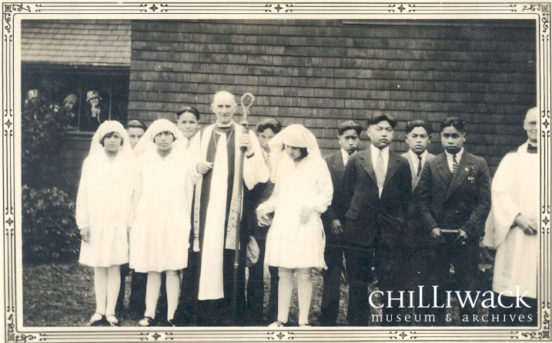A Day in the Life of a Student
The average day would begin with prayer, and then students would move to a time of singing and reading scripture. The Christian virtue of Sabbath was always kept, and attendance at the Indian church was mandatory. On Monday’s the children engaged in religious instruction, and on Thursday evenings they would participate in the prayer meeting. Religious practice was never an option for the students at Coqualeetza. Even if these students never became Christians, they were forced to live like they were. On a national level, the goal was to see each student come out of the school looking like the rest of Canadian society. Students in the photo below would have looked much different coming into Coqualeetza Residential School. These photos were often staged in order to provide visual proof that the assimilation efforts were successful at Coqualeetza.
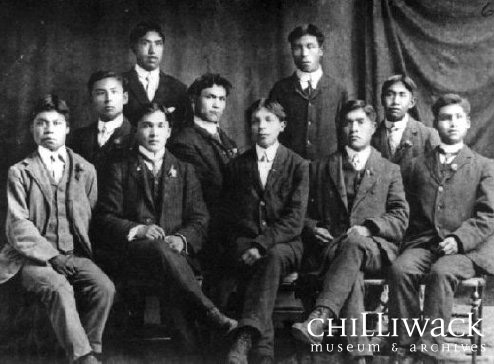

This photograph is from the Coqualeetza school annual showing a Coqualeetza senior football team. Students (from left to right): McKay, Elliot (goal), Neilson, Mr. M. Deacon (coach), Moore, Collinson, Kelly, Cline, Yorke, Lewis, Robinson, George. As in European society, this activity was only open to boys.
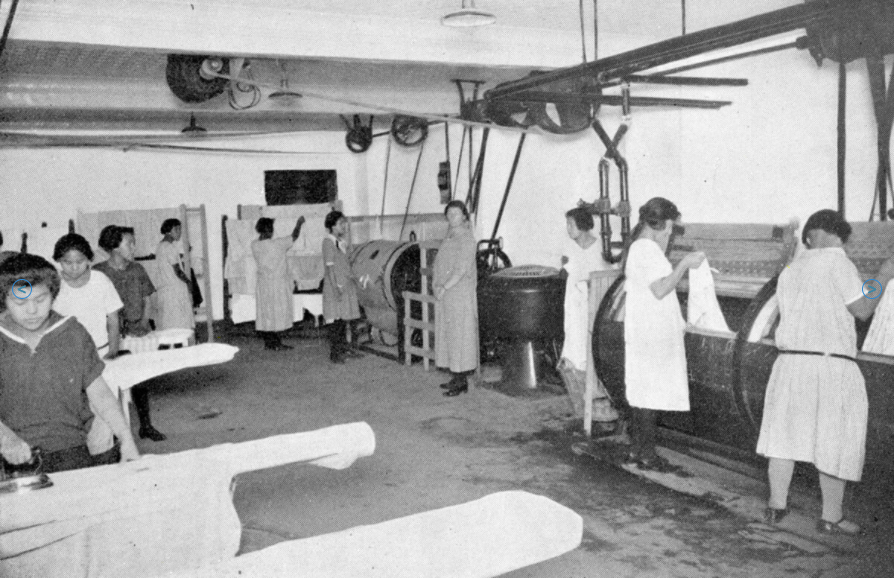
Only the girls were tasked with doing laundry because it fit European gender norms that encouraged girls to live a domestic lifestyle
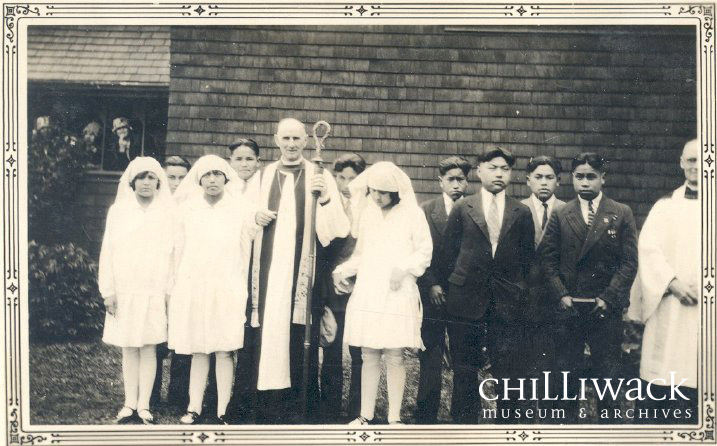
A group of students from Coqualeetza take part in confirmation at St. John’s Anglican Church by Archbishop dePencier. Note the difference in facial expression from the minister and viewers to the students.
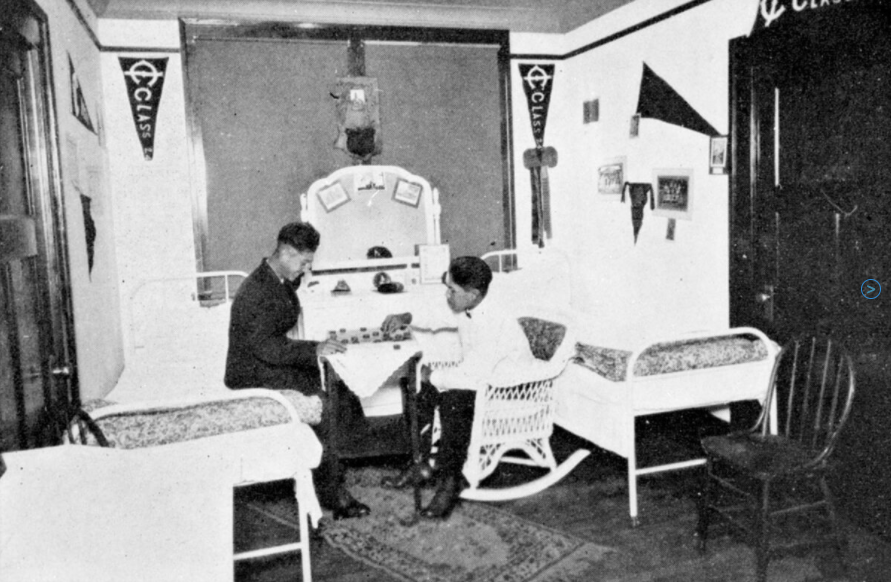
Senior boys room at Coqualeetza Residential School
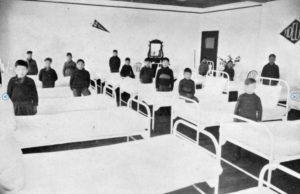
Little boys room at Coqualeetza Residential School
Coqualeetza: The Residential School that Stood Apart

While the assimilationist agenda of the government and church were being implemented daily at Coqualeetza, work was done by two principals to introduce Indigenous practices into the curriculum for the students. Principal Raley insisted on displaying approximately 800 pieces of Aboriginal artwork around the school, all from his personal collection. Raley was the one who suggested improvements to the new building, and it would be in this new building that he would introduce basket weaving and wood carving. R.C. Scott, the principal who succeeded Raley, continued this forward. He introduced carding, spinning, dyeing, knitting, and weaving for the girls. For the boys he introduced machinery to aid in carving, and encouraged the production of miniature totem poles. After officials began to question his focus, he promised to direct more attention to practical training that would be “useful” for the students after leaving Coqualeetza. Nevertheless, administrators traveling to the school noted that Coqualeetza stood out in its well kept facility and highly regarded education. Although the motivations may not have been right, it was clear that many of the staff members deeply cared for the students.
